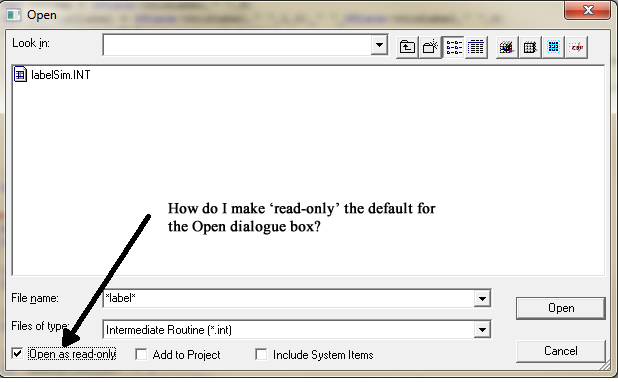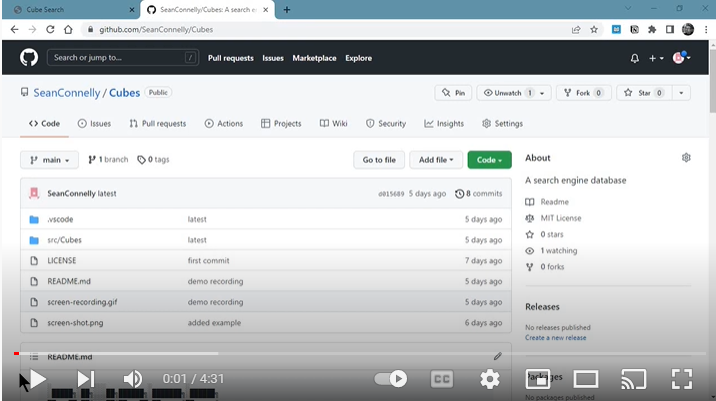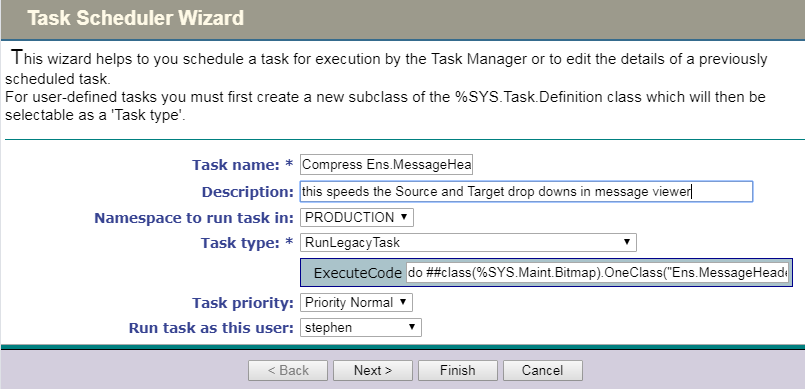Looking through Mirroring routines sources, I've noticed these terms, while even the latest documentation keeps silence on them. I'm just curious what are they, and how to configure / to use them?
InterSystems Developer Community is a community of
25,317 amazing developers
We're a place where InterSystems IRIS programmers learn and share, stay up-to-date, grow together and have fun!



.png)

.png)

.png)